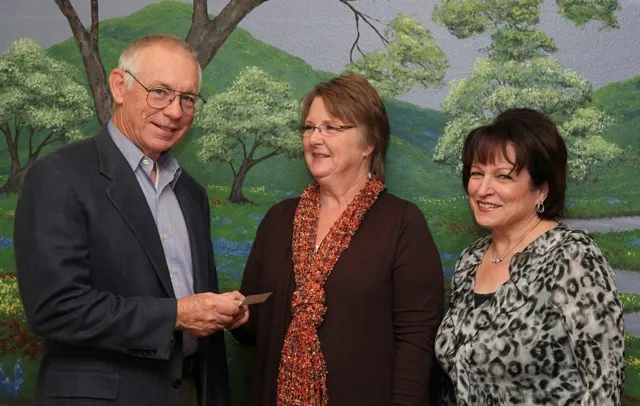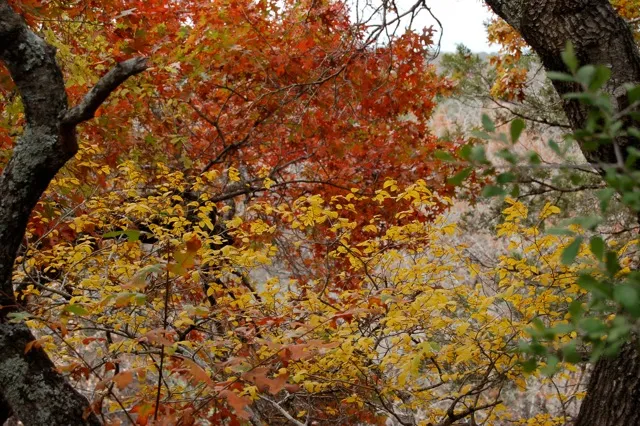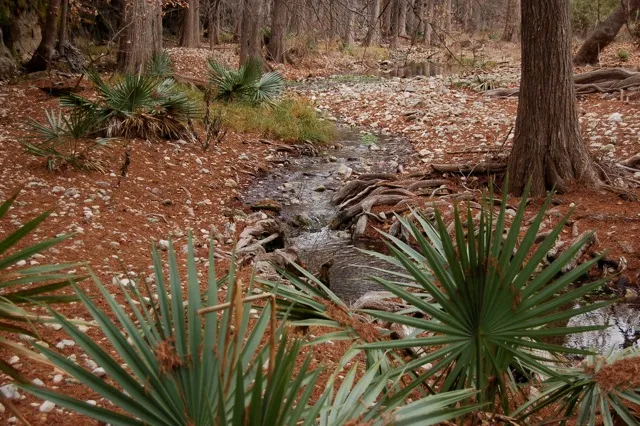By Delmar Cain
As of December 21 the winter is upon us. There is still time left in the prime tree-planting season. A tree that you might want to consider is the bur oak (Quercus macrocarpa), selected as Boerne NPSOT’s December Plant of the Month for the NICE (Native Instead of Common Exotic) Program.
Depending on habitat the bur oak can be a large tree, wider that it is tall, with a wide, open crown. It is deciduous tree with a massive trunk, large horizontal limbs, leaves up to 9 inches in length and the largest acorns of all oak species. Its acorns can be up to 1 ½ inches broad and half enclosed in a coarse burr-like cup, which sheds light on one of its other common names, burr oak.
The bur oak can tolerate a range of soil conditions from bottomlands to prairies and even sand hills. In its most favorable habitat in some areas of the Midwest and Great Plains, it may grow to a height of 160 feet tall; but in the dry uplands and bluffs it may reach no taller than 20 feet. In our area it will do best in full sun or almost full sun at a site where the depth of the soil will give its long taproot room to grow.
The bur oak is a widely distributed member of the white oak family, with a natural habitat that extended from the middle portion of the Texas Coast north into Canada and east to the Atlantic Coast at least in the area north of the southern states. It was well represented in the extensive oak savannas that covered millions of acres prior to the arrival of European settlers. Its northern distribution is due in part to the fact that of the oak genus the bur oak is one of the most tolerant of low temperatures.
Another interesting characteristic is that with some maturity the bur oak is very tolerant of periodic fires. The thick bark helps protect the tree, which has a high recovery rate from the fire. The ability of the bur oak to tolerate cold temperatures, to recover from forest fires, to adapt to a variety of soil conditions and its potential to be long-lived (300-400 years) explains its wide distribution. As a member of the white oak family it is more resistant to oak wilt than some of our local species.
Unfortunately the decline in its abundance over its distribution area has been attributed to the fact that it does best on sites that are ideal for agricultural and human development. Some studies have shown that its decline has been exacerbated by the suppression of periodic fires that once gave it an advantage in forested areas.
If you can give it a suitable sunny site with deep soil and with browsing protection, the bur oak will make a handsome tree for several generations. Pictures of the bur oak can be found at the Wildflower Center web site: www.wildflower.org/ and planting instructions can be found on the Boerne NPSOT website.
NATIVE PLANT WATCH GRANT

For the last three years the Boerne Chapter has awarded a $500 grant to a Boerne teacher to help support her ideas and plans for teaching the importance and value of native plants. On November 26, 2011, the 2011-2012 award was presented to Amy McFee, an elementary school teacher at Cibolo Creek Elementary School in Boerne. Ms. McFee has plans for a garden at the school that will include native plants and she anticipates using part of the grant money to purchase plants. With the help of volunteer parents she will be able to install a drip watering system and will use some of the funds for materials. Thanks are in order to Ms. McFee for her interest in teaching students about our native ecosystem and congratulations to her on being chosen for the award.
She received total support in this project from the Principal at Cibolo Creek Elementary School, Laurel Babb, and the District Science Coordinator, Chris Ormiston.
Finally, here’s wishing you good health and good cheer in 2012. I have included a couple of Hill Country images that I hope you enjoy.




